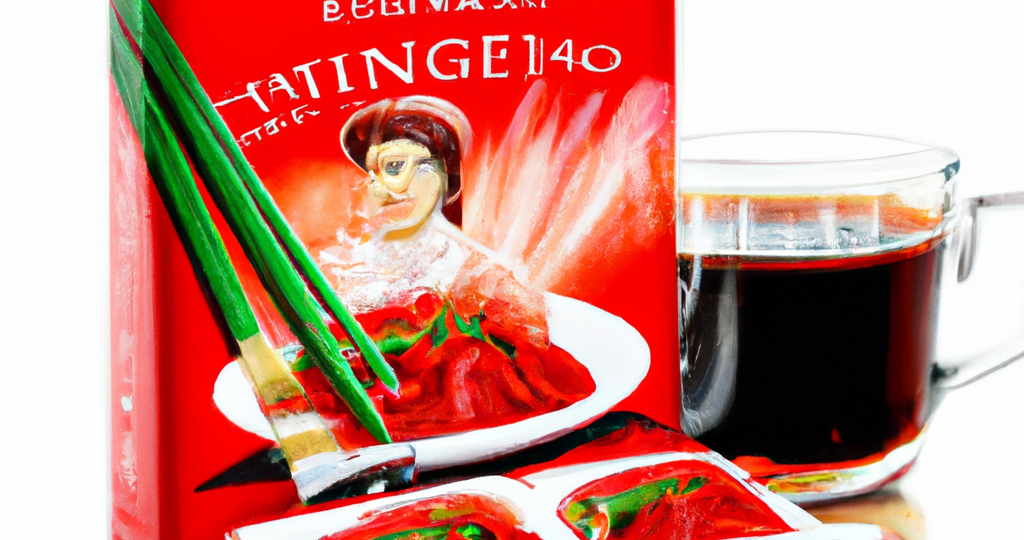
Trade dress is a type of intellectual property that protects the visual appearance of a product or its packaging. In the food and beverage industry, trade dress plays a crucial role in distinguishing one brand from another and can be a key factor in a product’s success. Understanding how trade dress protection works is essential for businesses looking to safeguard their unique visual identity.
What is Trade Dress?
Trade dress refers to the overall visual appearance of a product or its packaging that is distinctive and identifies the source of the product to consumers. This can include features such as the shape, color, design, and even the way a product is presented to customers. Trade dress protection extends to anything that is capable of functioning as a source identifier, meaning that consumers can recognize the product’s origin based on its visual appearance alone.
How Trade Dress Protection Works
To receive trade dress protection, a product’s visual appearance must be inherently distinctive or have acquired secondary meaning. Inherently distinctive trade dress is unique and unusual in the marketplace, while trade dress with secondary meaning has become associated with a specific brand in the minds of consumers over time.
Once a trade dress is deemed eligible for protection, it can be registered with the U.S. Patent and Trademark Office (USPTO). Registration provides several benefits, including a legal presumption of the validity of the trade dress, the exclusive right to use the trade dress in commerce, and the ability to prevent others from using similar trade dress that may cause consumer confusion.
Examples of Trade Dress in the Food and Beverage Industry
Many well-known food and beverage brands rely on trade dress protection to maintain their market presence. For example, the unique shape of a Coca-Cola bottle, the distinctive packaging of Pringles potato chips, and the iconic design of a McDonald’s Happy Meal box are all protected under trade dress law. These visual elements have become synonymous with their respective brands and are instantly recognizable to consumers.
Challenges in Enforcing Trade Dress
While trade dress protection can be powerful, enforcing it can be challenging. To succeed in a trade dress infringement case, a business must demonstrate that the allegedly infringing product’s visual appearance is likely to cause consumer confusion. This can be difficult to prove, especially if the trade dress is not highly unique or if there are similar products already on the market.
Additionally, trade dress protection does not extend to functional features of a product or its packaging. If a certain design element is essential to the product’s function, it cannot be protected under trade dress law. For example, the shape of a Coca-Cola bottle is not protected because it is necessary for holding the liquid, but the unique ribbed design of the bottle may be protected because it is non-functional and serves as a source identifier.
Trade Dress and Brand Identity
For businesses in the food and beverage industry, trade dress is an integral part of their brand identity. A strong trade dress can help a product stand out on the shelf, build consumer loyalty, and prevent competitors from copying its unique visual features. By understanding the nuances of trade dress law and taking proactive steps to protect their visual identity, companies can secure a competitive advantage in the market.
